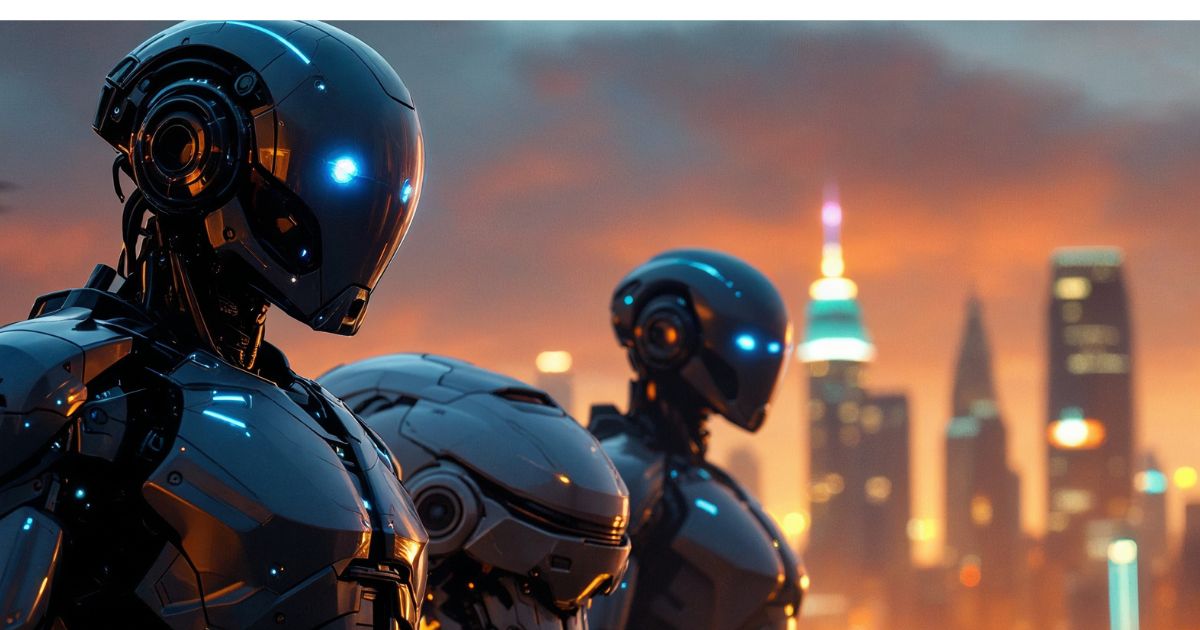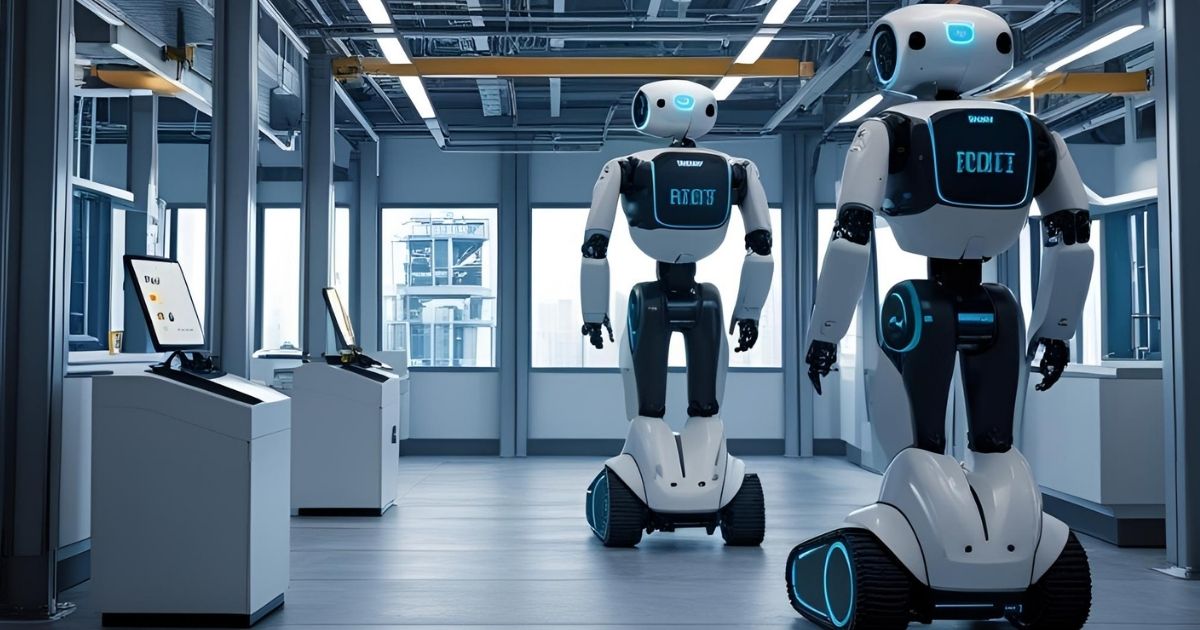
The role of physical security is changing. As threats become more sophisticated and environments grow more complex, traditional patrol methods are being challenged by the need for smarter, faster, and more scalable solutions. Enter the convergence of AI and robotics, a transformative development that is reshaping how patrols are conducted in both public and private spaces.
The shift from static surveillance to AI-driven, robotic patrols represents more than a technological upgrade. It signifies a fundamental change in how security is managed, delivered, and measured. In this article, we explore how AI and robotic systems are powering the future of automated security, the technologies behind them, and how organisations are beginning to implement them across diverse sectors.
The Shift Toward Intelligent Patrols
Traditional patrol models have relied heavily on human guards conducting routine walkthroughs of premises. While effective to a degree, this method has limitations:
- Inconsistent performance due to fatigue or distraction
- Limited visibility in low-light or hazardous areas
- Reactive response rather than proactive deterrence
- High recurring personnel costs
Modern businesses and institutions are now seeking ways to enhance patrol efficiency while reducing risks and long-term costs. Advances in artificial intelligence and autonomous robotics have created a powerful solution, one that offers real-time awareness, consistent performance, and intelligent decision-making.
How AI and Robotics Transform Patrol Operations
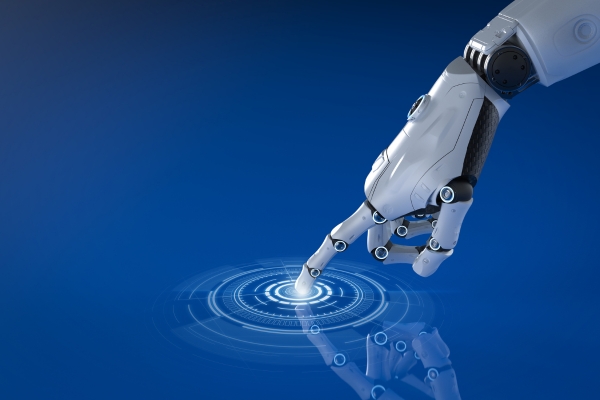
By integrating AI with autonomous mobility, robotic patrol systems can perform many of the same tasks as human guards and in some cases, go beyond human capability. These smart systems combine multiple components to create a new layer of security infrastructure.
Key Functionalities of Robotic Patrol Units
- Autonomous Navigation: Robots can independently move through predefined patrol routes or dynamically adjust paths based on obstacles and environmental changes.
- Threat Detection and Anomaly Recognition: Equipped with AI algorithms and computer vision, patrol robots can identify unusual activity, intrusions, or environmental hazards such as fire, smoke, or high temperature.
- Data Collection and Reporting: Every movement, observation, and anomaly is logged and can be reviewed in real time or retrospectively for audits and investigations.
- Multi-Modal Communication: Robots can alert human security teams, issue verbal warnings, or activate alarms, enabling a quick and coordinated response.
- Integration with Existing Systems: Robotic patrols can sync with access control, CCTV, and facility management software to enhance interoperability.
These capabilities result in a proactive, always-on patrol presence that is not limited by human constraints. AI not only enables robots to detect intrusions or anomalies it enhances how visual data is interpreted in real time.
In fact, as Forbes Tech Council notes, artificial intelligence is becoming the “new eyes of surveillance,” reshaping how organisations monitor and respond to threats.
Core Technologies Powering AI-Driven Patrols
The evolution of robotic patrols relies on several technological breakthroughs:
1. Artificial Intelligence and Machine Learning
AI enables security robots to interpret visual and environmental data in real time. Through machine learning, robots improve their accuracy over time, learning from past incidents and enhancing their response to new patterns.
2. Sensor Fusion and Computer Vision
Using an array of sensors such as LIDAR, ultrasonic rangefinders, thermal cameras, and HD video, robotic patrols can “see” and interpret their surroundings. Computer vision allows them to recognize human movement, license plates, objects left behind, or breaches in perimeter boundaries.
3. SLAM (Simultaneous Localisation and Mapping)
SLAM technology enables robots to map their environments and determine their position within that map without relying on GPS alone. This is particularly useful in large indoor or GPS-denied environments like warehouses and tunnels.
4. Edge Computing
Rather than relying on cloud-based data processing, edge computing allows robots to process information locally and make instant decisions, a key requirement for effective security response.
Real-World Applications of Robotic Patrols
Autonomous patrol systems are already being adopted across a range of industries. These deployments provide critical insights into the real-world value of AI and robotics in security.
| Industry | Use Case |
| Logistics & Warehousing | Nighttime perimeter patrols, cargo bay surveillance, fire detection |
| Smart Cities | Monitoring public parks, walkways, parking structures |
| Airports & Transit | Crowd analysis, perimeter inspection, suspicious object alerts |
| Data Centers | Access control, thermal monitoring, 24/7 indoor patrols |
| Industrial Plants | Patrols in hazardous zones, gas and heat detection |
| Educational Campuses | Night safety patrols, parking security, entry-point surveillance |
These applications not only improve safety but also reduce human workload, increase coverage, and allow better use of security resources.
Benefits of AI-Driven Robotic Patrols
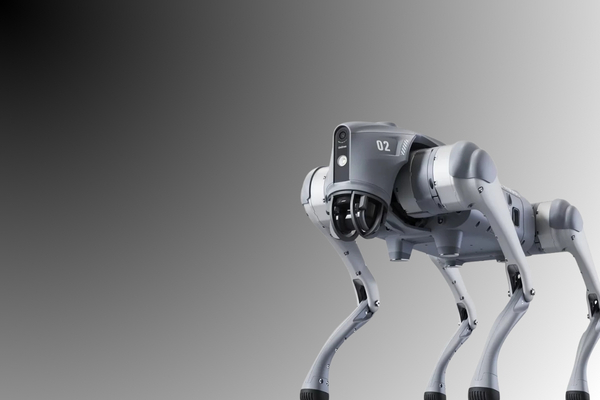
Organizations implementing robotic patrols benefit from more than just automation. Here are several key advantages:
1. Consistent and Non-Fatigued Operation
Robots operate without distraction or fatigue, maintaining full awareness throughout every patrol shift.
2. Expanded Coverage
With dynamic route planning and scalable deployment, robots can cover large areas including those that are dangerous or difficult for humans to access.
3. Reduced Operational Costs
After the initial investment, robotic patrols eliminate recurring labor expenses and reduce the risk of security incidents, leading to long-term savings.
4. Enhanced Data Insights
Continuous data logging and AI-driven pattern recognition generate actionable insights for improving site security over time.
5. Real-Time Decision Making
With edge processing and smart alerts, robots can react immediately to threats and trigger coordinated human responses when needed.
Challenges and Considerations
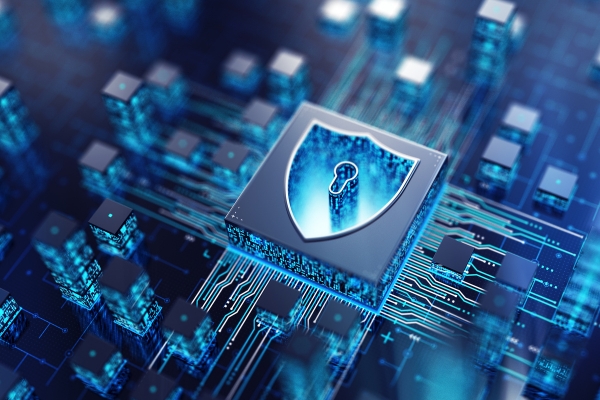
Despite the benefits, organisations must plan carefully to ensure successful integration of AI-powered patrol systems:
- Privacy and Ethics: Robotic systems must be designed with privacy in mind, particularly in public areas. Data governance policies should be clear and compliant with local regulations.
- Cybersecurity Risks: As with any connected device, security robots must be hardened against potential cyber threats and include secure firmware and encrypted communications.
- Environmental Adaptation: Environments with unpredictable terrain or extreme weather may require customized platforms with robust hardware and adaptive software.
- Staff Coordination: Human teams should be trained to work alongside robotic patrols and interpret system alerts effectively.
Industry Trends and What Lies Ahead
The future of automated security lies in enhanced collaboration between robots, humans, and software systems. Emerging trends include:
- Swarm Robotics: Coordinated fleets of robots patrolling expansive areas like industrial zones or public events.
- Aerial-Ground Integration: Combining aerial drones with ground robots for layered surveillance.
- Predictive AI Security: Using historical data to predict and prevent incidents before they occur.
- Interoperable Ecosystems: Seamless integration of robotics with existing security platforms, emergency systems, and building management tools.
As adoption expands, the industry will likely see the development of new standards, best practices, and use-specific configurations.
Revisiting the Bigger Picture
To fully appreciate the value of robotic patrols, it is helpful to understand how they fit into the larger evolution of physical security. The journey from human guards to intelligent systems has not been abrupt; it has been a series of innovations built on each other.
For a deeper look into this progression, including historical context and the transition to robotic security, you may find value in reading our earlier blog: The Evolution of Security: From Guards to Robotic Systems
Preparing for a Smarter Security Future
As security threats become more complex and resources more constrained, AI-driven robotic patrols offer a compelling solution. These systems combine speed, consistency, and intelligence in a way that enhances physical security across virtually every industry.
By leveraging the power of robotics, organizations can move from reactive incident response to proactive threat prevention creating safer environments with less overhead.
Adopting robotic patrols is not about replacing human intuition. It is about extending it with tools that never sleep, never blink, and never miss a detail. As the field advances, those who explore these technologies early will be better positioned to lead the next era of secure, data-driven operations.To discover more about the role of robotic intelligence in your sector or how patrol automation can improve your security outcomes, visit our homepage.

